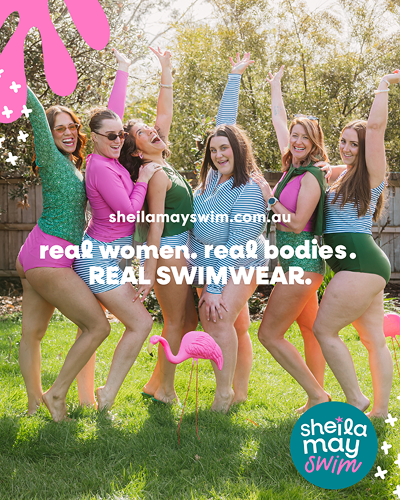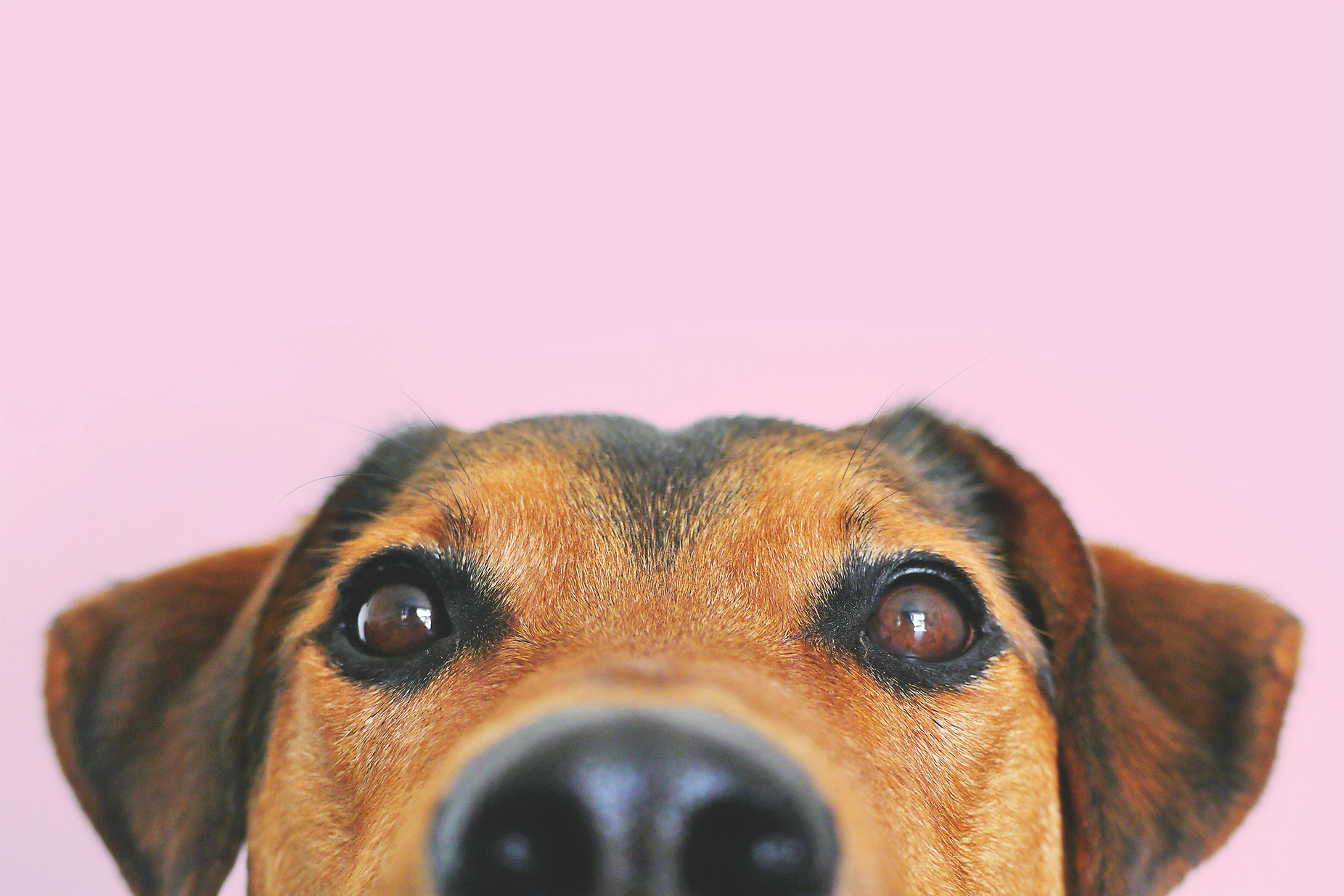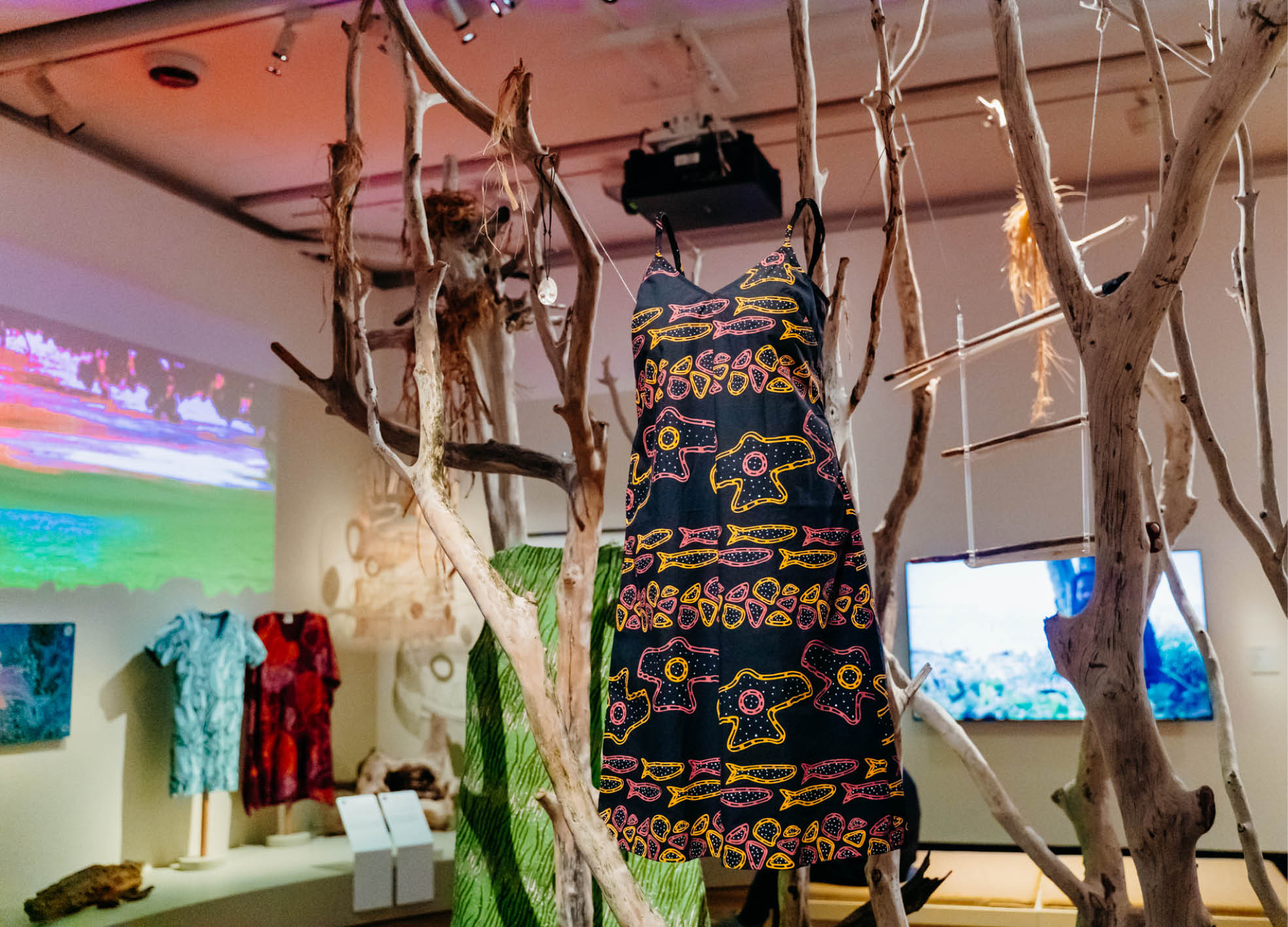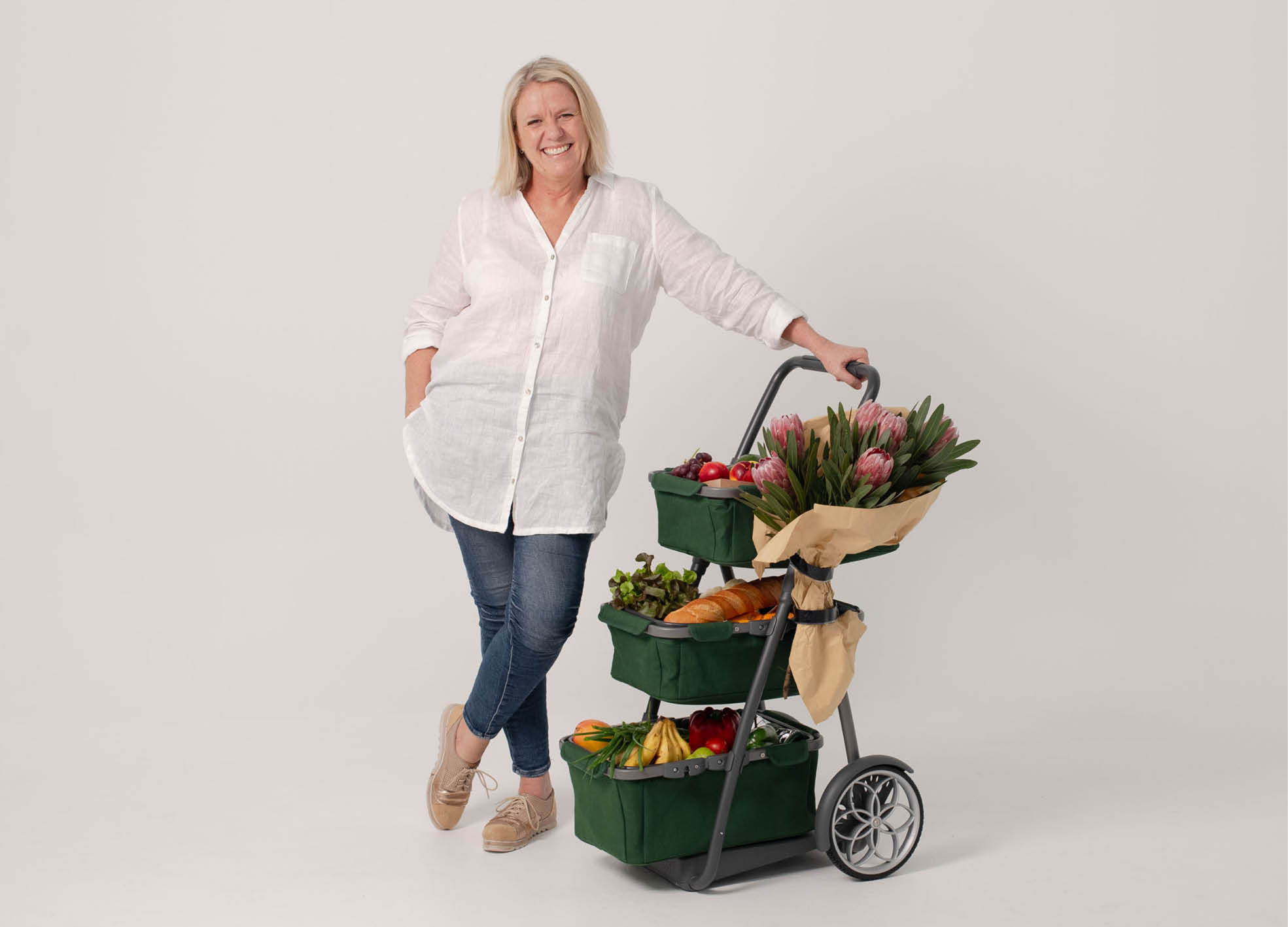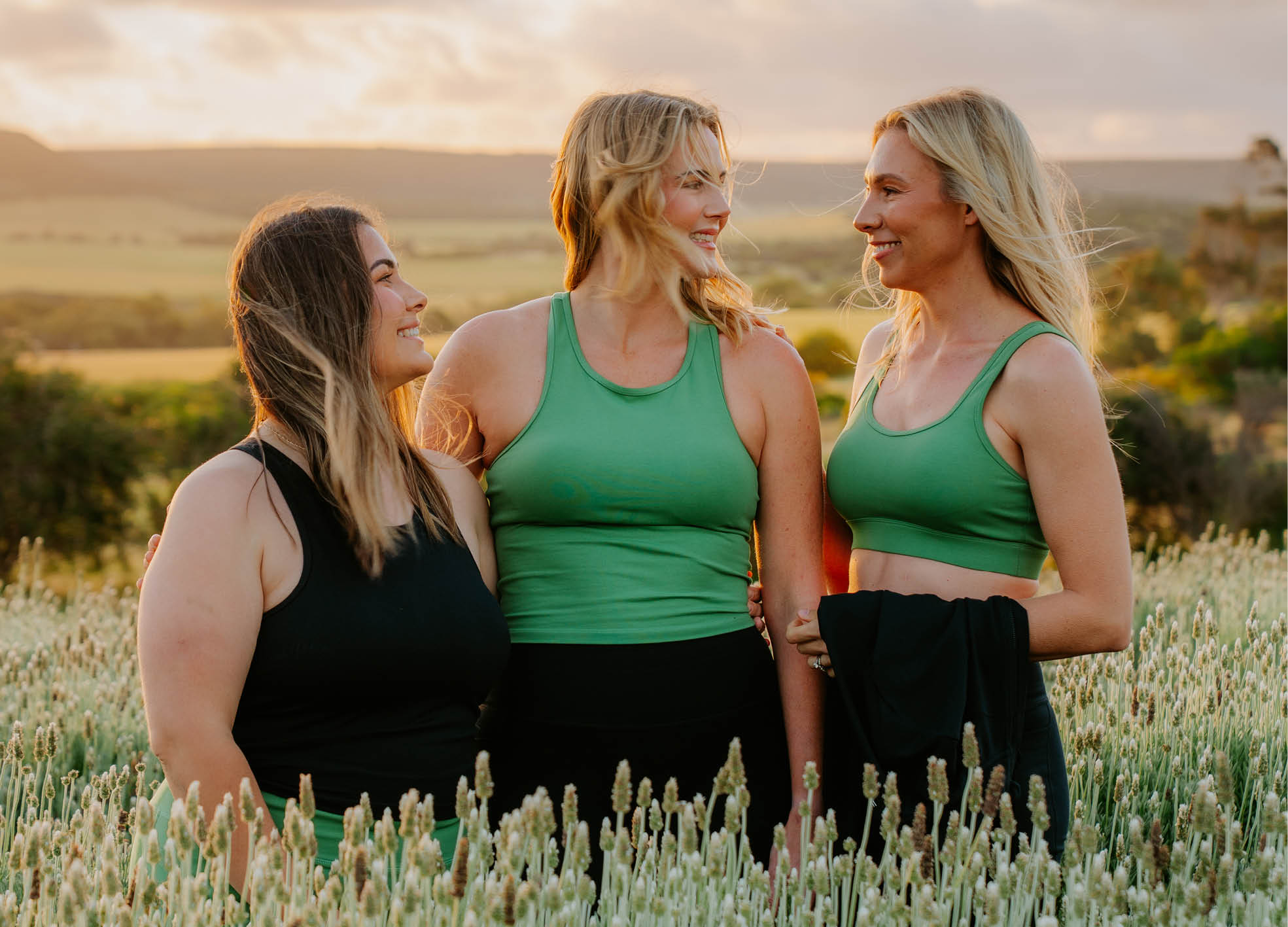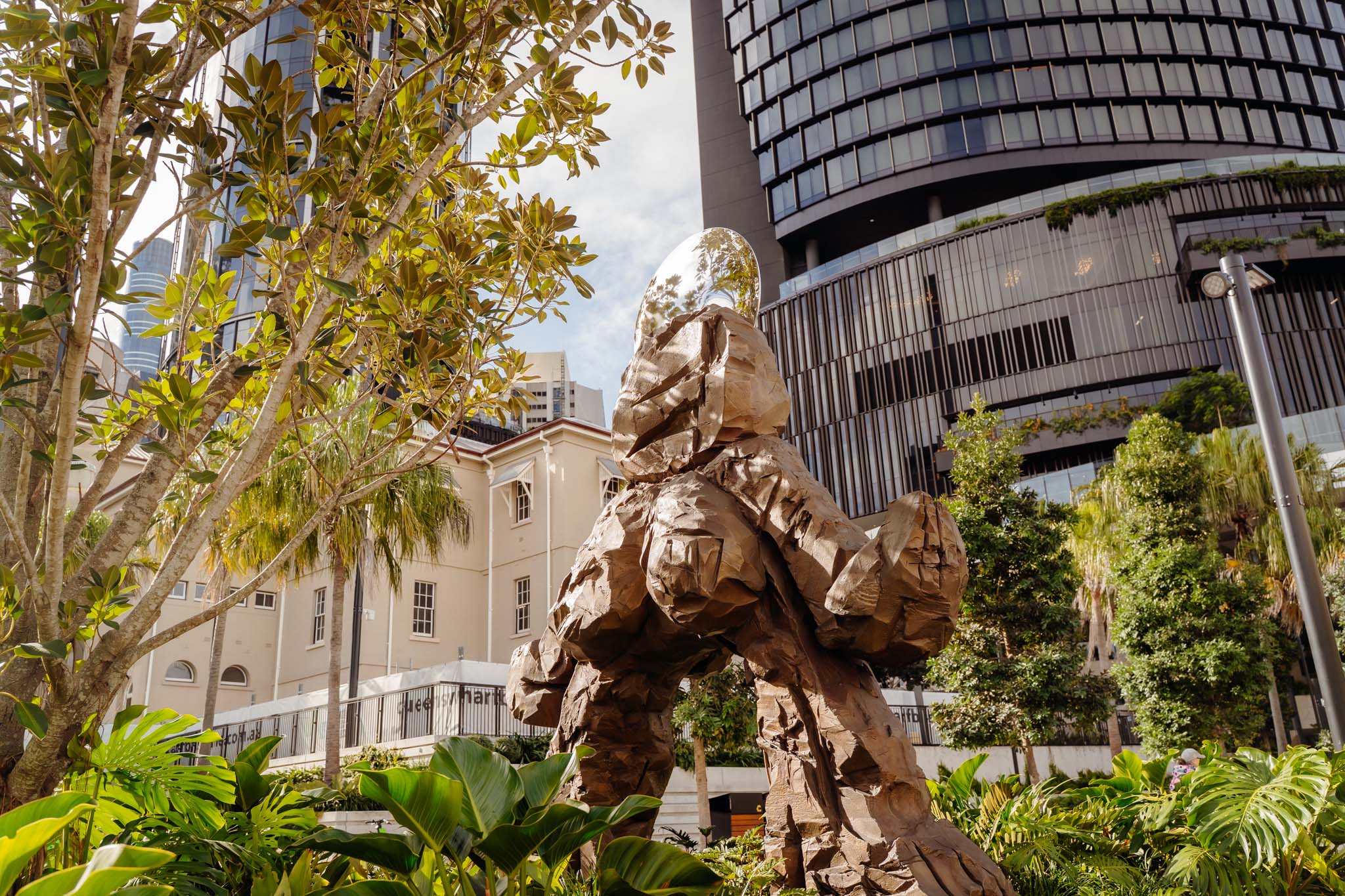THE LAST WORD: DESIGNERS CAN SAVE US
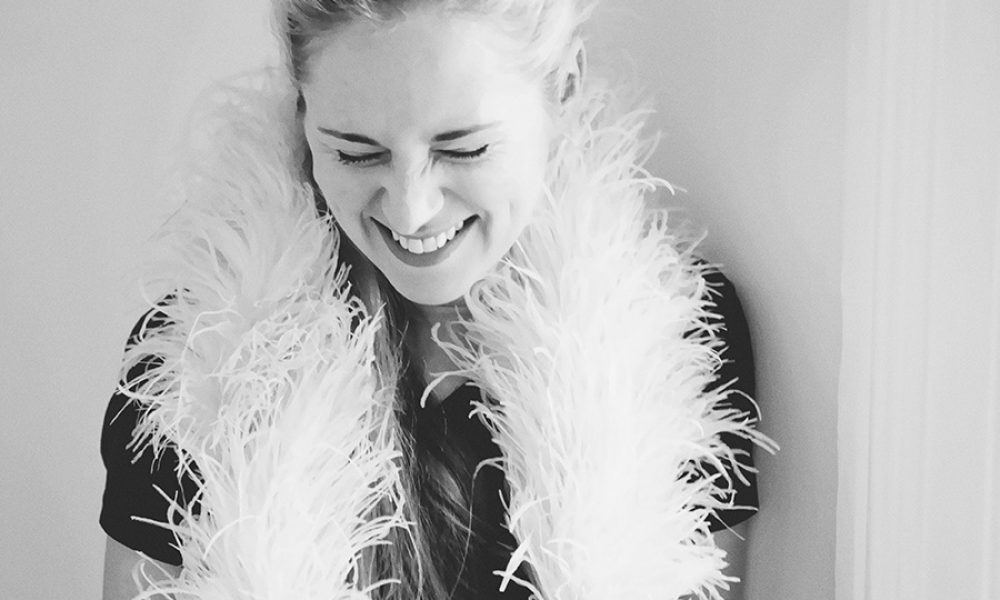
- Words by Peppermint
Hear that? It’s the rumblings of change. The sound of the global fashion industry stirring from its apathetic slumber. The beast is groaning because it feels unwell, but this is not a sob story. It’s one of diagnosis, and hope. You have to acknowledge there’s a problem before you can begin to fix it.
Consuming insane quantities of virgin resources, failing to manage toxic waste, unsafe factory conditions, unfair wages – all these things are unsustainable. It’s time to design a different sort of fashion future. So how? The activists, scientists and economists, the zero-wasters, thrifters, upcyclers and guerrilla knitters, the Marie Kondo converts and the shopping detoxers can make all the noise they like, but unless the fashion community decides to change its own world, the revolution will be slow to come. Fashion must reform itself, from its epicentres: the ateliers, runways, boardrooms and design schools. Especially the schools. The next generation of fashion designers has the power to flip this narrative and insist on a happier ending.
What if ethical brands became the norm rather than the exception? What if every red carpet turned green? What if Gigi Hadid said to Tommy Hilfiger, “I want us to switch to organic cotton for this collaboration.” Imagine if all the swimwear and surfwear designers chose recycled over virgin nylon. Then poured a percentage of their profits into researching how microplastic fibres can be prevented from entering our oceans. Imagine! Designers can save us. They are the ones who dream up the clothes we buy, who decide on the fabrics and colours and cuts.
I write this on the eve of the 21st Australian Fashion Week, an event I’ve been covering as a journalist since the early 2000s. Back then no one talked about sustainable or ethical fashion. Those phrases didn’t exist. We had our heads in the fashion clouds – we were hopelessly naïve. We thought it was amusing when Ksubi (then called Tsubi) made their 2001 debut with a perspex runway filled with live rats. More broadly, we had no clue that our denim habit might be dyeing rivers blue in China. Or that our addiction to pesticide-drenched cotton might be poisoning farmers and drying up the Aral Sea. Today we are older and wiser. Information about the impacts of our fashion consumption is much more readily available, and way more people are taking note.
In 2014 when I started writing my book about the fashion system, Wardrobe Crisis, there were some powerful players well down the path of shaping a more responsible fashion industry. I’m talking about designers like Stella McCartney and Vivienne Westwood, ethical fashion campaigners Livia Firth and Orsola de Castro, and behind-the-scenes supply chain and sustainability experts at companies like Kering, H&M and Patagonia. But the wider community had yet to switch on. Fast fashion consumers and mainstream magazines weren’t on board with this stuff at all, while we rarely saw ethical fashion on the runways.
Three years later, sustainability is the buzzword. Looking just at Australia here’s a heartening list of examples: at this year’s BT Emerging Designer Award two out of three contenders were sustainable brands – Celeste Tesoriero and Kacey Devlin. Kit Willow of KitX is our equivalent of Stella McCartney. She talks about designing “from a spirit of kindness, integrity and transparency” and it’s obviously working – Emma Watson is a fan. This season Ginger and Smart, which is Ethical Clothing Australia (ECA) accredited, is working with organic cotton, natural dyes and recycled polyester. In fact, ECA is all over this year’s fashion week schedule with accredited brands like Bianca Spender showing, while Viktoria & Woods and Manning Cartell are speaking on Clean Cut’s Future Talks panel. And I’m excited to see what slow fashion designer Roopa Pemmaraju presents. Safe to say it won’t be rats.
You wouldn’t get away with that today. And I don’t believe you will get away with polluting our natural environment or exploiting workers tomorrow. I’ve seen our industry grow up and get serious about the sort of change it wants to see in the world.
Fashion’s future depends on it.
WORDS: CLARE PRESS. FIRST PUBLISHED IN THE WINTER 2017 ISSUE OF PEPPERMINT – AVAILABLE TO BUY HERE.
JOIN OUR MAILING LIST
Brighten up your inbox with our not-too-frequent emails featuring Peppermint-related news, events, competitions and more!
explore
More articles
When you hang a painting on a wall, the story stays put. But when you wear a beautifully made garment that may as well be a piece of art? The story travels. It moves through the world with you –…
We all do it: fire up the car for a 5-minute drive to pick up groceries, drop off sewing supplies, or run a quick errand…
Here’s a question: who decided that natural fibres aren’t a great fit in activewear? For Geraldton mum-of-four Jade Payne, that question became paramount after a…
Fancy a getaway in a heritage building that was once a hospital, an orphanage AND a school in a previous life? Despite what your initial…
When the algorithm gods reward dance trends over hand-thrown ceramics, and building a website feels more stressful than a tax return, where’s a maker to…
Time-travelling lungfish floating in a mosaic of glass tiles, a four-breasted female empowerment goddess cast in bronze, and a striking botanical sculpture spanning 15 metres,…
Hang out with us on Instagram
“Crafting is something that has come naturally since I was small and I just haven’t stopped. When I was smaller, I was interested in the end result. As I’ve gotten older, I realise it’s the process that keeps me coming back to craft. It’s a meditative state for me and I find the repetitive action of the stitching and felting quite therapeutic.”
Craving a world filled with warmth and whimsy? It’s all in a day’s work for textile artist @Cat_Rabbit, whose latest book, ‘Trinkets’, is bursting with felty food friends to make and cherish. Cat invited us into her universe, filled with cheeky characters, layered storytelling and loads of humour.
Plus: try the super sweet pattern for Cat’s Lucky Pickle, perfect to make as a stocking stuffer, extracted from Trinkets.
Read more from our ‘Just felt right’ feature in Issue 64, at newsagents and stockists now!
Photos: Tatanja Ross @On_JacksonStreet and Cat Rabbit
#PeppermintMagazine #CatRabbit #LuckyPickle #Craft #Crafting #Felting #FeltCrafts #Trinkets #ChristmasDecorations

Our hearts go out to everyone impacted by the Bondi Beach violence, especially the Jewish community. Also to the beachgoers, those who bravely helped and the first responders.
While it`s easy – and understandable – to get caught up in the horror of it all and direct anger at certain groups, remember this quote from teacher and author Erin Gruwell: "Don`t let the actions of a few determine the way you feel about an entire group."
“You don`t fight racism with racism. You fight racism with solidarity," said Bobby Seale of the Black Panthers. And solidarity is exactly what we need right now.
If you are feeling overwhelmed, you are not alone. Remember there is much more kindness in the world than hate. ❤️🩹
@LifelineAustralia has created a Bondi Beach Incident: Wellbeing support guide, where you’ll find information about common reactions, reassurance that what you’re feeling is valid, and ideas for taking care of your wellbeing.
https://lifeline.org.au/bondi-incident
You can also call Lifeline on 13 11 14, text on 0477 13 11 14 or chat at lifeline.org.au/crisis-chat anytime, no matter how this has impacted you.
@BeyondBlueOfficial is also available with free 24/7 support by phone on 1300 22 4636 or webchat at https://www.beyondblue.org.au/
Register.Find.Reunite. has been activated by @RedCrossAu to help people reconnect with family and friends. Visit redcross.org.au to access the service.
@NSWPolice Public Information and Inquiry Centre (PIIC) is operating 24/7 on 1800 227 228 for information relating to people impacted.
@LifeBloodAu is supporting Sydney hospitals. O- and O+ blood are always in high demand in emergencies. To donate (from anywhere in Australia – all states are welcome and helpful!) call 13 14 95 or use the Lifeblood app.

Just a reminder… from @SugarHouseCeramicCo
This holiday season be kind, patient and shop local!
#ShopSmall #ShopLocal #SupportSmallBusiness

✨️ Our website is getting a glow-up! ✨️
Sorry for the inconvenience but it will be offline for a few days. You can still purchase subscriptions (perfect for chrissy presents!) via the links on the holding page.
Last year we were extremely excited to receive funding from the Meta Australian News Fund, in partnership with the Walkley Foundation. The result of this is a fabulous new website, with a sustainable fashion and sewing directory that will follow early next year. We`ve worked with the lovely Amy and Jenny at @CrumpetClubHouse who have been making the magic happen – we can`t wait to show you the outcome! ✨️
In the meantime, please get in touch if you need help with anything – hello@peppermintmag.com
We`ll see you on the other side! 🌈

🎀 12 DAYS OF XMAS GIVEAWAYS 🎀
🎄On the 12th day of Christmas, we’re giving away… a GREENPAN FROST ICE CREAM & FROZEN DRINK MAKER! 🎄
Ice, ice, baby! Calling all kitchen magicians and dessert devotees: it’s time to churn, blend and devour your way to frozen heaven. It’s our final giveaway – and hoo girl, it’s a goodie! Thanks to the clever folks at @TheOriginalGreenPan.Anz, one reader will cool their mitts on the Frost Ice Cream & Frozen Drink Maker – perfect for conjuring up home-made gelato, sorbet, smoothies, slushies and more!
Valued at $599, the Frost Ice Cream & Frozen Drink Maker is designed with GreenPan’s signature Thermolon™ ceramic non-stick coating, so you can whip up summer-ready sweet treats free of PFAS, PFOA, lead and cadmium.
To snag this frosty prize, follow @TheOriginalGreenPan.Anz and tag a friend in the comments below before midday AEST 15 December! (Australian and New Zealand addresses only, please.) Good luck!
Update: The lucky winner of our final giveaway is @just__for__van - congrats! We`ll dm to get your details. Well done! 🎉
#PeppermintMagazine #12DaysOfChristmas #12DaysOfGiveaways #GreenPan

Oh hey 👋🏼 Just a little reminder that our subscriptions are sent in paper envelopes, which is a bit of a rarity in our industry. 💅🏼
If you need more reasons to subscribe, how about these:
💌 Enjoy a new issue arriving in your letterbox every six months.
💌 Subscribers exclusively receive FOUR digital sewing patterns per year!
💌 You’ll be the first to get your hands (and needles) on our patterns with early access.
💌 Get a 20% discount code on back issues of Peppermint so you can start your collection today!
💌 Automatically go in the draw to win amazing prizes each issue.
💌 Feel good about your subscription arriving in plastic-free postage.
💌 Support a small, women-led Australian business.
💌 Help us make the world a better place!
And... it`s a perfect Christmas present! We have a downloadable card you can print to go with your gift.
💌 Link in bio!
#PeppermintMagazine #SupportSmallBusiness #ShopLocal #ShopSustainable #PlasticFree



